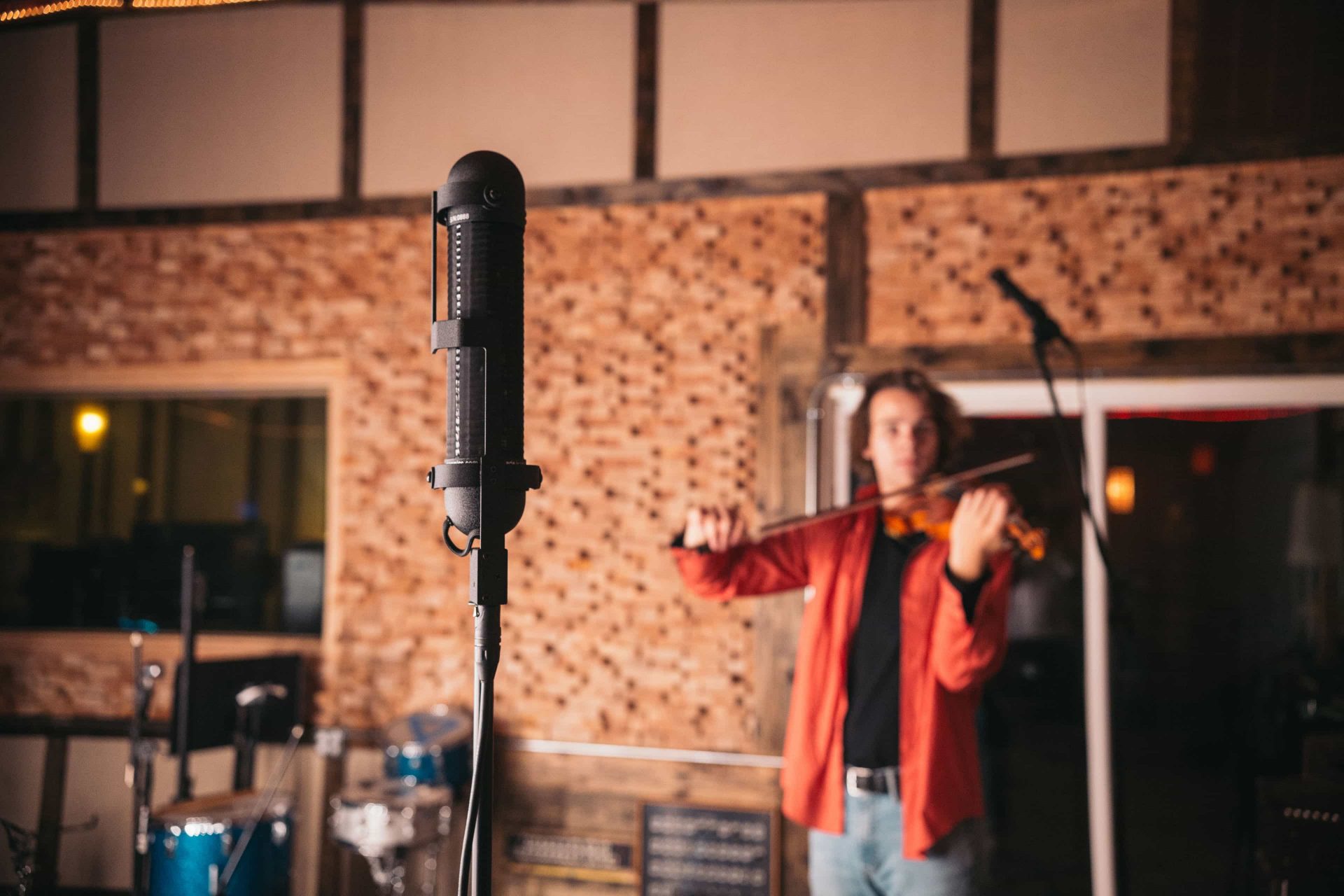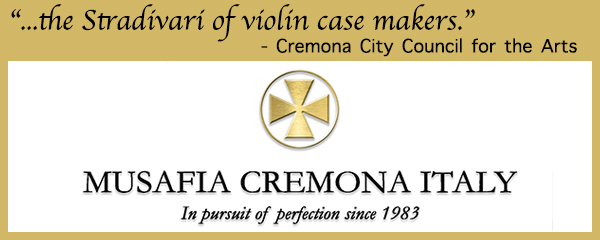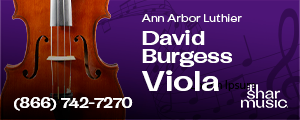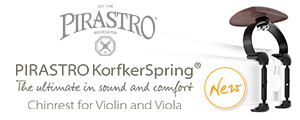Good portable video cam for music
I know this is been discussed before, but the passage of time sometimes brings new information.What do you think is a good digital camera that is best for recording quality, for live music?
Tweet
Replies (40)
I will check out the Zoom Q4n.
The newer high end digital cameras have better audio hardware than older ones. They can record in 24 bit audio. However, they are still not very good. There are even external audio preamp that can attach to cameras.
Then you have camcorders. Again, these are not known for audio quality.
If you want decent audio, the best option is a separate audio recorder with external mics, such as a field recorder or even a laptop with audio interface for microphones. These things are not very portable.
From my perspective, I wouod not want to capture live music on video without a tripod. Thus I would be lugging something. Given this fact, I figure I may as well lug proper equipment, such as external microphones, stands, etc. More stuff to carry, for sure. But it is a better result.
Or consider a better quality digital SLR with a better mic attached.......
So if I were you I would just get something like the Zoom H5 or H6 (or even the H4 if you can find it) and use that for the audio and then use an iPhone (or Android if you prefer) made recently for the video. Smartphone cameras have come a long way and since most people always have a smartphone with them there's usually no need in spending extra money on a camera unless you really need the extra quality. And down the road, you can even buy some xlr mics and use them with the H5 or H6 since they have phantom power.
Now I have some good leads.
It really is a bit of a rabbit hole but the big breakthrough for me was when I bought a ribbon microphone. This is an old technology - and probably the reason why so many truly ancient recordings sound so good. The ribbon can record the high frequencies of the violin and yet it largely cuts out the scratches. Modern condenser microphones record everything but my (and others) experience is that they are a bit harsh.
Ribbon mikes are more delicate and are often expensive. Again, check with Mark but I have found what I think is a terrific one that is not insanely priced"
https://seelectronics.com/products/vr2/
I used it to record a pro's audition tape and have had rave reviews.
[Disclaimer - I am NOT an expert at this, just another person like you trying to make a decent recording. Note also that there are many other complications like which software to use and matching the sound recording to the video if you do them separately (not as difficult as I thought if everything is digital)]
It really is a bit of a rabbit hole but the big breakthrough for me was when I bought a ribbon microphone. This is an old technology - and probably the reason why so many truly ancient recordings sound so good. The ribbon can record the high frequencies of the violin and yet it largely cuts out the scratches. Modern condenser microphones record everything but my (and others) experience is that they are a bit harsh.
Ribbon mikes are more delicate and are often expensive. Again, check with Mark but I have found what I think is a terrific one that is not insanely priced"
https://seelectronics.com/products/vr2/
I used it to record a pro's audition tape and have had rave reviews.
The zoom q8n which has been around for a while will likely record better audio than a modern phone, but will not record as good video as a phone. It is very serviceable, but not ideal. The same may be said of phones.
The newer audio recorders, record in 32 bit, which makes it much less likely to encounter problems with clipping. They are point and shoot so to speak, which is good for casual users.
The zoom f3 or f6 are field recorders to look into. The tascam dr 60 or 70 are less expensive but only offer 24 bit. The zooms have slightly more powerful preamps.
There are of course tons of others on the market as well. Zoom and tascam produce less expensive stuff, as opposed to nagra.
Then you still need an interface. I have a PreSonus Audiobox USB-96 and I really like it ($100 at Sweetwater). It comes with a reasonable DAW (StudioOne) but you have to upgrade that (about $150) to be able to use VSTs. I wanted that capability because I can run my NORD keyboard into the DAW (also through the interface) using MIDI and voice that to an an absolutely incredible-sounding piano sample (Garritan's Abbey Road CFX, $160). The PreSonus has 2 channels but for an audition tape I don't think you really need it to be stereo.
Of course there are higher end products out there. When I took a course with Nathan Cole he gave a tour of his studio and I wrote down all the gear he had at that time. His mics are Warm Audio WA-87 Large Condenser ($700) and DPA 4011A Small Condenser ($2000) and his interface is a Universal Audio LA-610 channel strip ($1800). You know what they say, though. The gear doesn't make the violinist.
Also, if you only ever record in one place -- your own studio -- then you can set up your gear, place your microphones, and so forth, and you can manage having a mic that's a little more fragile. But ribbon mics are designed to be used -- they're not designed to be dropped or used to drive nails.
One needs to be a bit careful using ribbons on location.
Microphones, like violins each have their own sound signature. Sometimes that cam be difficult to aporeaise by looking at the numbers. Hearing the mic is really what is needed.
A good inexpensive ribbon is the golden age project r1 mkii. It can be had for less than 200.
I personally am not as much a fan of the middle priced ribbons. I tend to prefer to upgrade to the higher end ones which start at about 800 usd and go up from there.
The v1 was bright. This is in line with the trend of lot of modern ribbons like the Royer 121 and mesanovic. However it was not as warm some ribbons. If you want full bass, or a very warm sound, it is not the right mic.
Mark does make a good point that it does seem strange that people will spend $2000 on a channel strip because the preamp performs better with lower noise, etc., but then they buy microphones with tiny preamps built right into them, and how good can those be?
I thought those built in preamps were pretty good ....
A lot of people mix Royer 121s with sm57 mics. The latter are 100 usd, whole the former are over 1000.
A single microphone may not capture what you want, even if it is expensive.
The vr1 and vr2 are good mics for the money. The preamp in thr vr2 is on the noisy side.
Mark, what's the general idea of mixing a condenser in with something like the Royer 121? You're basically saying the Royer's not reporting the sound faithfully. Is it possible to characterize that further?
Here is a YouTube clip made by Royer illustrating mixing the two mics when recording an electric guitar. You can hear each. They are very different.
https://youtu.be/tXlvfek4YwE
They have created amp modelling software, which is similar to creating microphone simulation. The difference being in an amp sim, the initial signal is canon, it comes from thr instrumemt. Simulating a mic implies that you do not have a canonical signal. What the other mic captures could be lacking certain information and simulator would have to predict what is missing. That prediction could of course be wrong.
I hate fish-eye style cameras, and if I want better video I shall buy proper cam-corder with an input for a stereo mic.
I would even add an H1 sound recorder nearer the musicians.
Stereo file from Zoom Q8N 4K
https://drive.google.com/file/d/1XmA2JVBt4Dj4S0YLwgbA5KXK6FiQ-GkX/view?usp=drive_link
Mono file from SE VR2:
https://drive.google.com/file/d/1jFWGGKqaSCVN1P4VG-uWVZ30FkL7NYJC/view?usp=sharing
The SE VR2 was arranged as mid-side (see below), with one AT2025 as side. Below is the file from AT2025 in case you want to combine for stereo:
https://drive.google.com/file/d/1onc2cJSqQiP21pyONHfwaoz1WFpXscMt/view?usp=sharing
(The ribbon mic in the photo is not positioned to capture from the left and right.)
How is this not mid-side? Ok ok, it technically is Blumlein I guess.
@Gene, the ribbon is facing front (and back).
I am not an audio SME, I am here to share the recorded sound from SE VR2 and Zoom Q8n4k since someone asked.
I did make a incorrect assumption about the mid side setup above. I assumed the ribbon would br the side mic. I also did not recognize the other mic as a figure 8. This being said, it is a still a mess. Those mics are not an equal distance from the sound source. This can cause phase issues.
I appreciate regit's contribution. It may be useful to post mono files. Mono from just the ribbon mic. And the zoom as mono
https://aearibbonmics.com/products/r88-series/

Making this work requires some fiddling - you need an adapter to allow you to plug in a USB device such as the h2n to the phone, and if you're planning on recording more than the battery of the zoom or phone can cope with, you'll need an external power supply - a powered USB hub works for this
This discussion has been archived and is no longer accepting responses.
Violinist.com is made possible by...
Dimitri Musafia, Master Maker of Violin and Viola Cases
International Violin Competition of Indianapolis
Violinist.com Holiday Gift Guide
Violinist.com Holiday Gift Guide
Johnson String Instrument/Carriage House Violins
Subscribe
Laurie's Books
Discover the best of Violinist.com in these collections of editor Laurie Niles' exclusive interviews.

Violinist.com Interviews Volume 1, with introduction by Hilary Hahn

Violinist.com Interviews Volume 2, with introduction by Rachel Barton Pine













